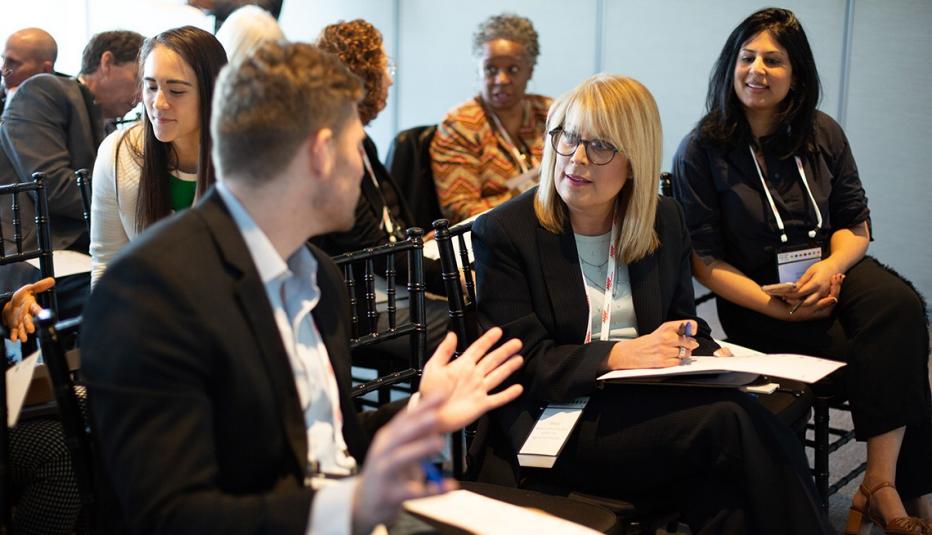AARP Hearing Center
Despite the United States being in the midst of a prolonged period of economic growth and record-low unemployment, a large share of Americans remain just one surprise event away from financial distress. The reality that a car repair, a medical bill, or a temporary reduction in work hours could significantly disrupt a family’s finances has gained widespread attention. Policy makers, employers, financial technology companies, and government and nonprofit agencies have crafted—or in some cases rediscovered—solutions to help people prepare for these common financial shocks. Solutions range from higher wages to easy and automatic ways to save, to incentivized savings and lending programs, to mobile insurance applications.


This report focuses on emergency savings accounts as one potential solution to short-term financial fragility. Analyzing the US Financial Health Pulse, a nationally representative survey of US residents ages 18 and older designed by the Financial Health Network in collaboration with the University of Southern California, we find that emergency savings accounts are an underutilized and potentially powerful tool for financial resilience.
Key findings:
- Fifty-three percent of US households have no emergency savings account.
- The emergency savings challenge is widespread and includes 46 percent of people over the age of 50 and people at every income level.
- While no single savings goal is right for everyone, people with an emergency savings account tend to feel better prepared to withstand a loss of income.
- People with an emergency savings account are 2.5 times more likely to be confident in their long-term financial goals.
- Household income alone does not determine whether someone has an emergency savings account; structural factors, such as public policies that limit asset accumulation, and individual behaviors also play a role.






























































